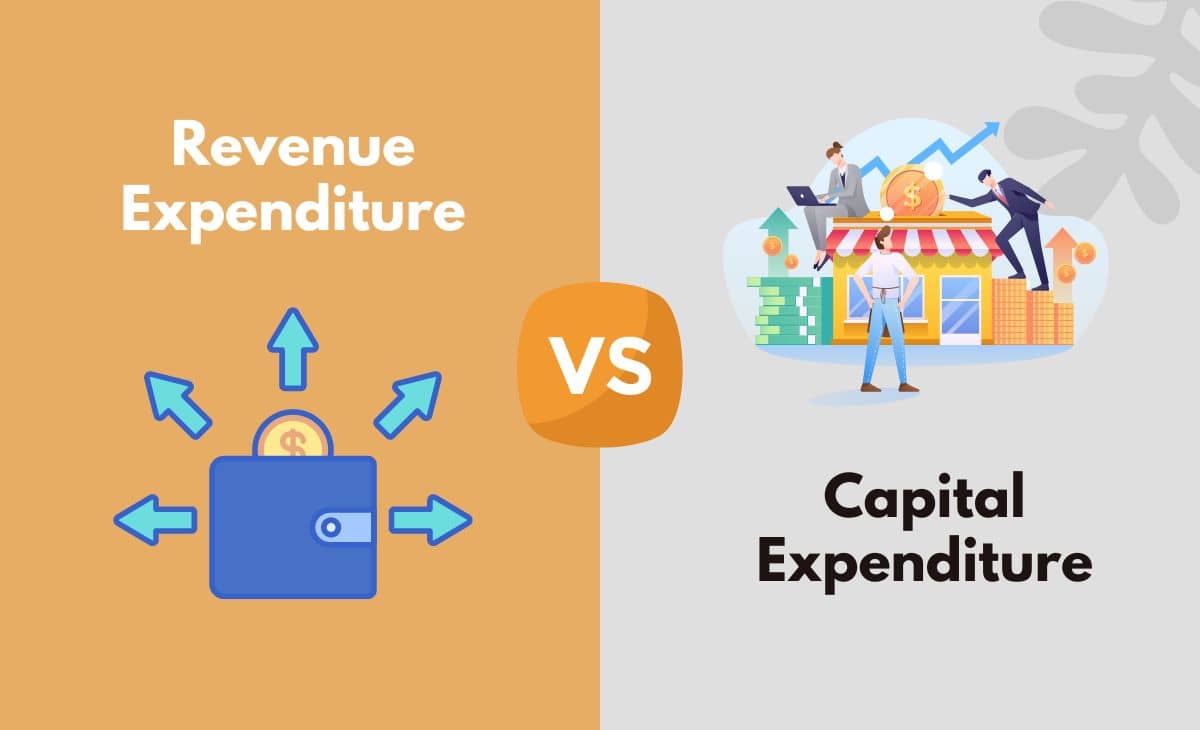
The choice of financing depends on the specific needs and circumstances of the company. Let us understand the concept revenue expenditure of government or corporates with the help of some suitable examples. A business organisation incurs expenditures for various purposes during its existence. Some of these expenditures are meant tips for crafting invoice payment terms to ensure you get paid fast to bring in more profits for the organisation in the long-term, while some expenditures are for the short-term. Chartered accountant Michael Brown is the founder and CEO of Double Entry Bookkeeping. He has worked as an accountant and consultant for more than 25 years and has built financial models for all types of industries.
Intangible Assets
Equity financing can provide businesses with the necessary funds without incurring debt. However, it may involve dilution of ownership and giving up partial control of the company. Here, $1,300 is classified as revenue expenditure and $800 is the revenue payment.
Is there any other context you can provide?
Depending on the nature of the business, most capital expenditures fall under the category of Property, Plant, and Equipment while some do not. The purchase is often capitalized and treated as CapEx when a company acquires a vehicle to add to its fleet. The cost of the vehicle is depreciated over its useful life and the acquisition is initially recorded on the company’s balance sheet. Further, as the expenditure leads to the acquisition of an asset, the part of the asset the firm consumes in an accounting year during its use is depreciation.
- The asset’s cost (except for the cost of land) will then be allocated to depreciation expense over the useful life of the asset.
- It includes the spending by the company on the expense, which will match with the reported revenues on the income statement for the current year.
- Assets that are capitalized can be accounted for over their useful lifetime and depreciated.
- However, they can also include intangible assets such as a patent or license.
- The CapEx metric is used in several ratios for company analysis in addition to analyzing its investment in its fixed assets.
Formula for Capital Expenditures

Improvements are capital expenses incurred to increase the value or prolong the useful life of long-term assets. A ratio greater than 1.0 could mean that the company’s operations are generating the cash necessary to fund its asset acquisitions. A ratio of less than 1.0 may indicate that the company is having issues with cash inflows and its purchase of capital assets. A company with a ratio of less than one may have to borrow money to fund its purchase of capital assets.
It is not sure about which expenditure to be treated as revenue expenditure. Let us look into the key differences between capital expenditure and revenue expenditure to develop a clear understanding of their functions in a business. Both repairs and maintenance (R&M) are considered operating expenses and are almost always expensed immediately. If a company borrowed money for capital expenditures, that would be listed as an inflow of cash in the financing activities section and an outflow of cash in the investing activities section.
The examples and/or scurities quoted (if any) are for illustration only and are not recommendatory. Brian Greenberg of True Blue Life Insurance mentions „anything from software for business to meals for your employees should be categorized as an operating expense.“ It can be hard to decide whether a particular item of expenditure is of a capital nature or a revenue nature. Companies can use expense management automation to help keep track of certain spending, including business travel. Ask a question about your financial situation providing as much detail as possible. We follow strict ethical journalism practices, which includes presenting unbiased information and citing reliable, attributed resources.
After this, they will bear no further effect on your expenses, unless they recur, in which case each separate recurrence is expensed separately. If Company A spends $1,000 per month on updates for a key piece of software used by each team member each month, then the $1,000 is a revenue expenditure in Company A’s monthly financial statement. If Company B has to spend $400 per month on raw materials for its production line, then that $400 counts as a revenue expenditure for that month as it documents cost of the asset. Repair cost of an asset is a revenue expenses rather than a capital expenditure. Below is a truncated portion of the company’s income statement and cash flow statement as of the company’s 10-Q report filed on June 30, 2020. Accurate analysis and documentation of revenue expenditure help the company to meet the required accounting standards.
However, they can also include intangible assets such as a patent or license. Take the difference between the two to find the change in the company’s PP&E balance. Add the change in PP&E to the depreciation expense for the current period to arrive at the company’s current-period CapEx spending. Now that we’ve established the meaning of revenue expenditure, let’s explore the types of revenue expenditures. Accountingo.org aims to provide the best accounting and finance education for students, professionals, teachers, and business owners. Payroll expense is usually charged to income statement unless the employees had worked on the construction of a long term asset.
It involves assessing the financial viability, risks, and benefits of potential investments to make informed financing decisions. By investing in long-term assets, companies can enhance their production capabilities, improve operational efficiency, and stay competitive in the market. Revenue payments are the amounts actually paid on account of some revenue expenditures. Capital payments are the amounts actually paid on account of some capital expenditures. New engine significantly increases the useful life of the aircraft and as such, its cost must be capitalized. However, the carrying amount of the replaced engine must be de-recognized in the same manner as disposal of any fixed asset.




























































